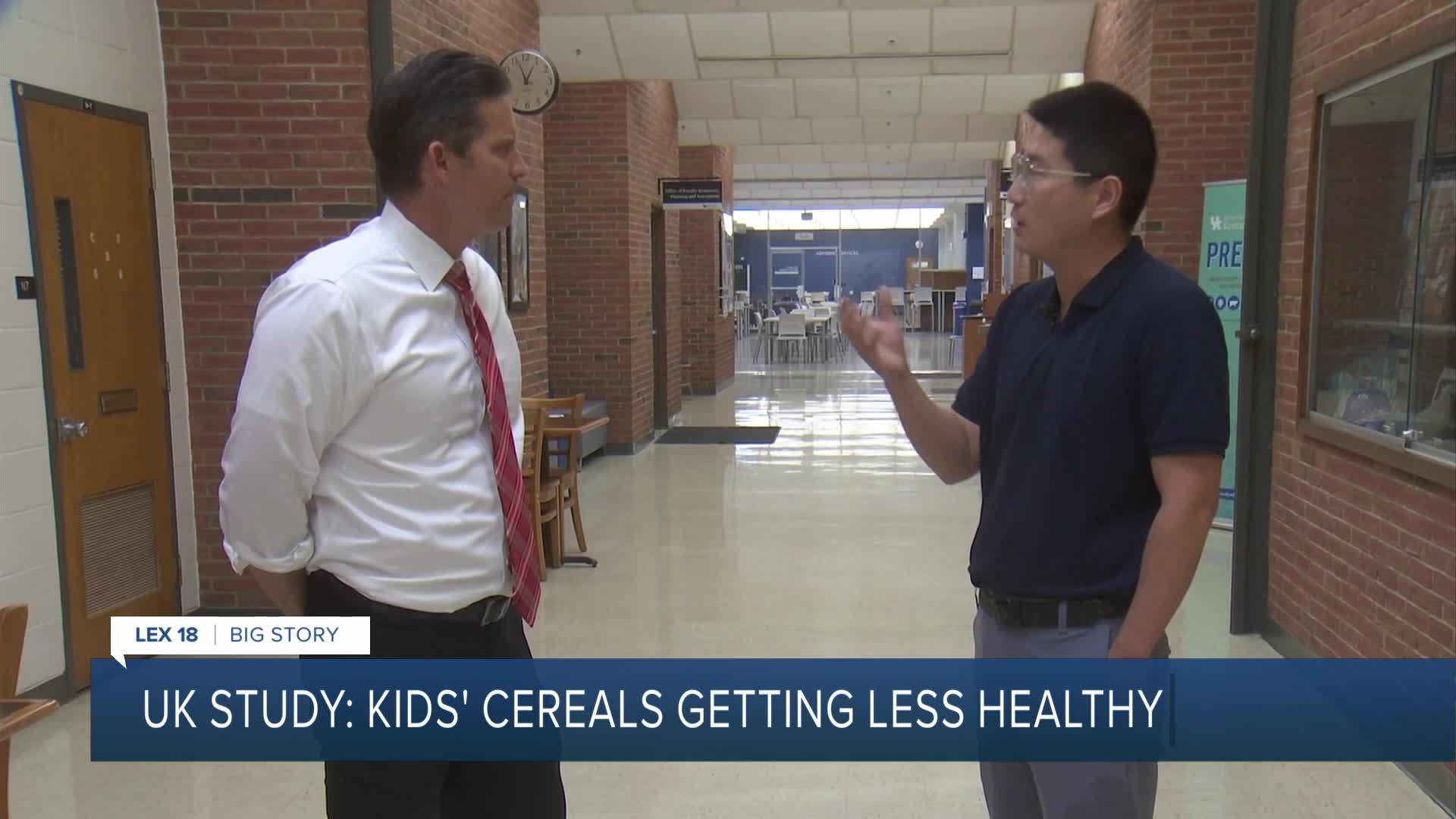LEXINGTON, Ky. (LEX 18) — University of Kentucky Assistant Professor Shuoli Zhao is raising awareness about ready-to-eat cereals for kids.
Looking at cereals marketed to kids age five to twelve, Dr. Zhao's work is featured in Jama Network.
Results from a study reveal that many ready-to-eat kids' cereals are getting less healthy over time.
"This is very big topic of children for their health intake, and food intake," Zhao said.
Dr. Zhao, from the Martin-Gatton College of Agriculture Food and Environment led the study with this research framework in mind.
"It's really under the umbrella of the connections between the market, individual choices, as well as the policy that motivates people to make individual choices," Zhao noted.
A starting point for the study addressed concern about the choice of convenience over nutrition.
"The first thing we have to really acknowledge is that most of the working parents, they are really shopping under time constraint," Zhao said.
In turn?
"A lot of times they probably don't have the time to really compare different products and look at the back of the package," Zhao noted.
Zhao tells LEX18 that after analyzing new cereals for kids, results show rising fat, sodium, and sugar with falling protein and fiber. He makes this suggestion when you shop:
"Avoiding all the colorful ones, avoiding all the ones that see themselves as being chocolate or frosted," Zhao said.
One statistic shows a single serving often has enough added sugar to exceed 45% of the American Heart Association's daily limit for kids.
"Six grams of sugar is already really on the lower side of that, so the average is about 11 grams of one serving," Zhao said.
As Zhao puts it, considering they're highly marketed and heavily processed, ultimately, this is his advice about ready-to-eat cereals for children:
"Actually pay attention to the objective statistics on the back of the package. That's what matters most," Zhao said.
Dr. Zhao notes that the study is limited in that it only covers newly released cereals...not a representation of the entire cereal market.
However, one of his next priorities is to dive deeper into existing cereals, as well.





